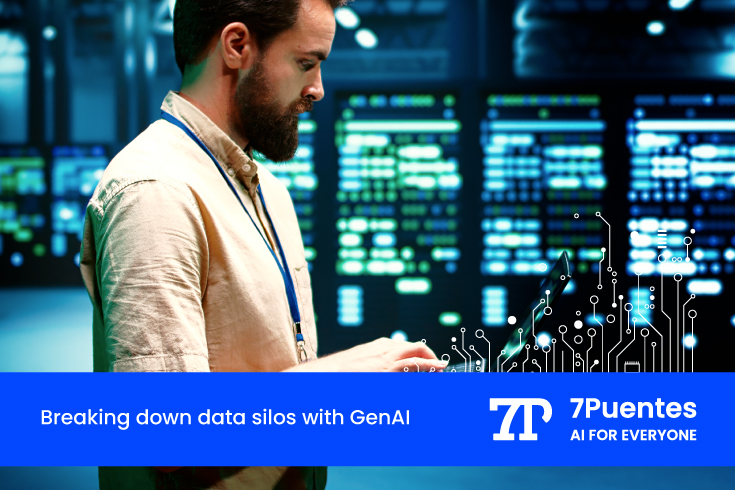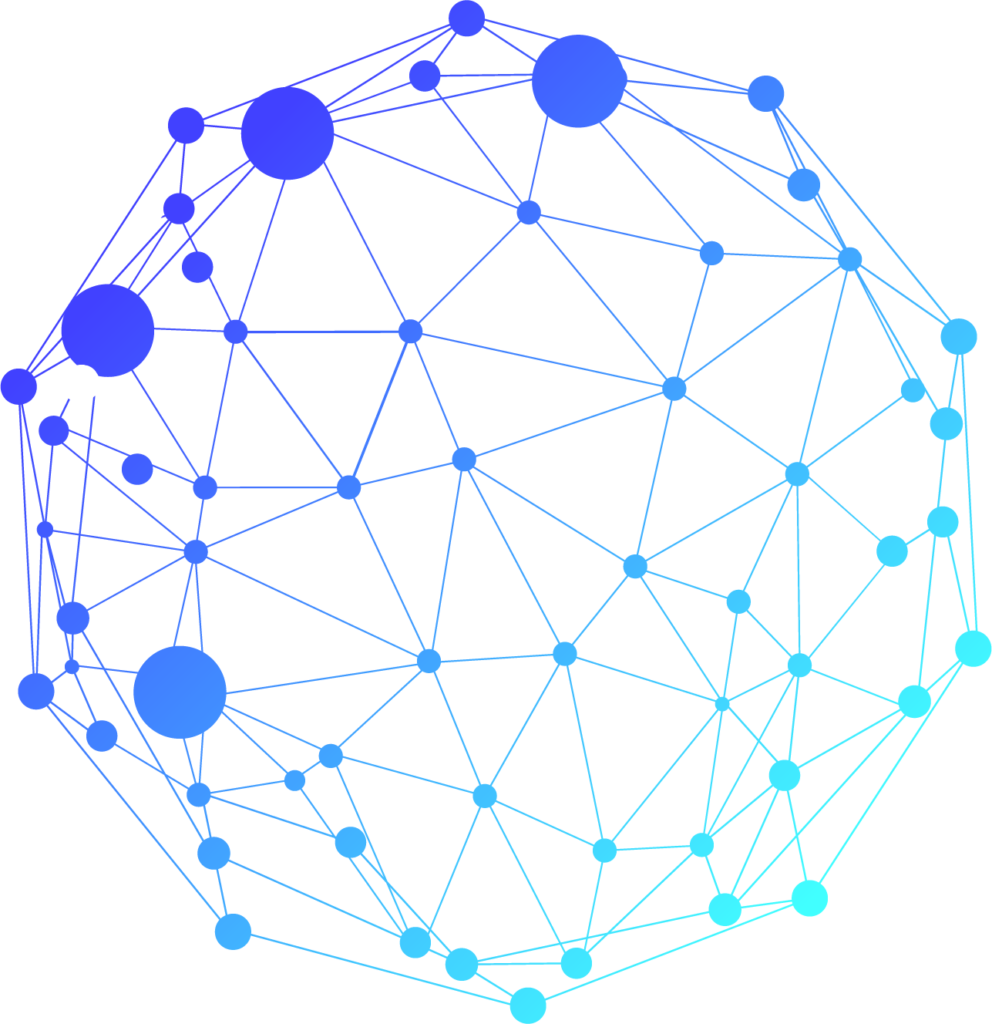In today’s fast-paced and data-driven business landscape, the ability to efficiently access and analyze information is crucial for success. However, many companies struggle with fragmented data sources that are stored in different systems and formats, creating silos that hinder collaboration and decision-making processes. This can lead to missed opportunities, wasted resources, and ineffective strategies. Thankfully, emerging technology such as GenAI offers a solution by breaking down these silos through its powerful analytics platform. In this blog post, we will explore how GenAI can empower executives and managers to overcome data silos and unlock valuable insights to drive their organizations forward.
Challenges of Digital Transformation
Currently, one of the major obstacles that threaten the digital transformation of companies and the culture of data is precisely data silos, data that is isolated from each other by areas of the company that are not integrated into the same repository. In this article, we’ll take a look at the limitations of traditional solutions to solve the problem of departmental data silos, and the competitive advantages of implementing Generative AI to break those data silos once and for all. Join us for this step-by-step guide to transforming your business.
In the previous 7Puentes blog post, we explained in detail why data silos are a big problem for today’s businesses. We mentioned a clear example where the analyst needs to have information about the absenteeism of his company’s employees and relate this issue to operational failures (this question suddenly arises because the company has many shortcomings in its operations and needs to gather this information as a priority. However, the HR silo against the operations silo threatens to solve this problem).
Breaking down departmental silos typically involves identifying where the data currently resides, how it is collected, and how relevant or outdated it is. Once the data is collected and audited, ask teams to identify day-to-day issues with their data management systems. Finally, the company will determine which platform it will use as a single source of information and which systems will be integrated into it.
In this traditional vision, we have already explored the benefits of data lakes, large repositories or data libraries that enable the integration of information from different parts or departments of the enterprise.
As mentioned earlier, the advantage of the data lake is that it is built once and can be used across the enterprise. The disadvantage is that dealing with multiple layers of information is usually an extensive and expensive process. Suppose we have different information access layers such as 1. RealTime/Control, 2. Application, 3. Integration, and 4. Analytics.
In this case, the Analytics layer is where the analyst sits and looks for the relationship between HR and Operations. In this layer, you have to invest time to build the cross section of information, build the query, and build a dashboard.
To do this, the analyst has to ask the BI department to cross-reference information from the HR department to the operations department to see errors in absenteeism, and then the department has to solve the problem. This requires a software development process that is expensive. At the same time, there are dashboards and reports that are built only once for that particular question, so if the question is not repeated, it is a huge expenditure of time and money.
At the same time, by the time the question is answered, months have passed to gather the information and the answer no longer makes sense.
GenAI as an effective solution
And here is the key question: can GenAI help us break through the problem of departmental data silos and save us from having to build a large repository from scratch?
Let us now explore the problem of identifying employee absenteeism and correlating it with operational failures, with each of the possible solutions:
- Case 1: The manager asks the analyst, and the analyst downloads the information from each silo, which requires the analyst to ask the data manager of each silo for the information, reconcile it, create the report with insights, and deliver it to the manager.
- Case 2: The analyst searches the analytics layer for a report that contains this information. Since he cannot find it, he asks the BI and systems manager to assemble the report. Four months later, he sends the information to the production manager. If the report is common and will be consulted again, then it is worth the time, but in a dynamic and changing reality, this does not usually happen. Most of the time, there is no customized report for the common questions that arise in a company.
- Case 3: The manager consults an AI agent via audio, which solves the query because it has access to the data lake. In this case, a GenAI model was applied, which took the integrated data directly from the company’s repository.
In summary: GenAI led by 7Puentes
To understand it better, there is a huge opportunity to overcome the obstacle of data silos, to answer customer specific questions quickly, easily and at a lower cost, and to avoid the problem of one-off questions that are never asked again.
Of course, if the report is common and will be repeated, then it is worth the investment effort for the company to respond to it. But most of the time, there is no specific report for the questions that arise. That’s why GenAI offers the possibility to answer any specific question in the shortest possible time.
The idea would be that the manager has a question, sends an audio or text via Telegram, and the query is made, which automatically generates a graph or a PDF. Then there is a great opportunity to accelerate or solve that problem, which is being tried in many ways, but is slow and expensive. Generative AI is a huge opportunity to accelerate the human interface.
Are you interested in implementing generative AI to solve this problem in your company and be part of the digital transformation based on data integration? At 7Puentes, we have the experience and unique talent to provide you with this customized solution. Ask us now.


